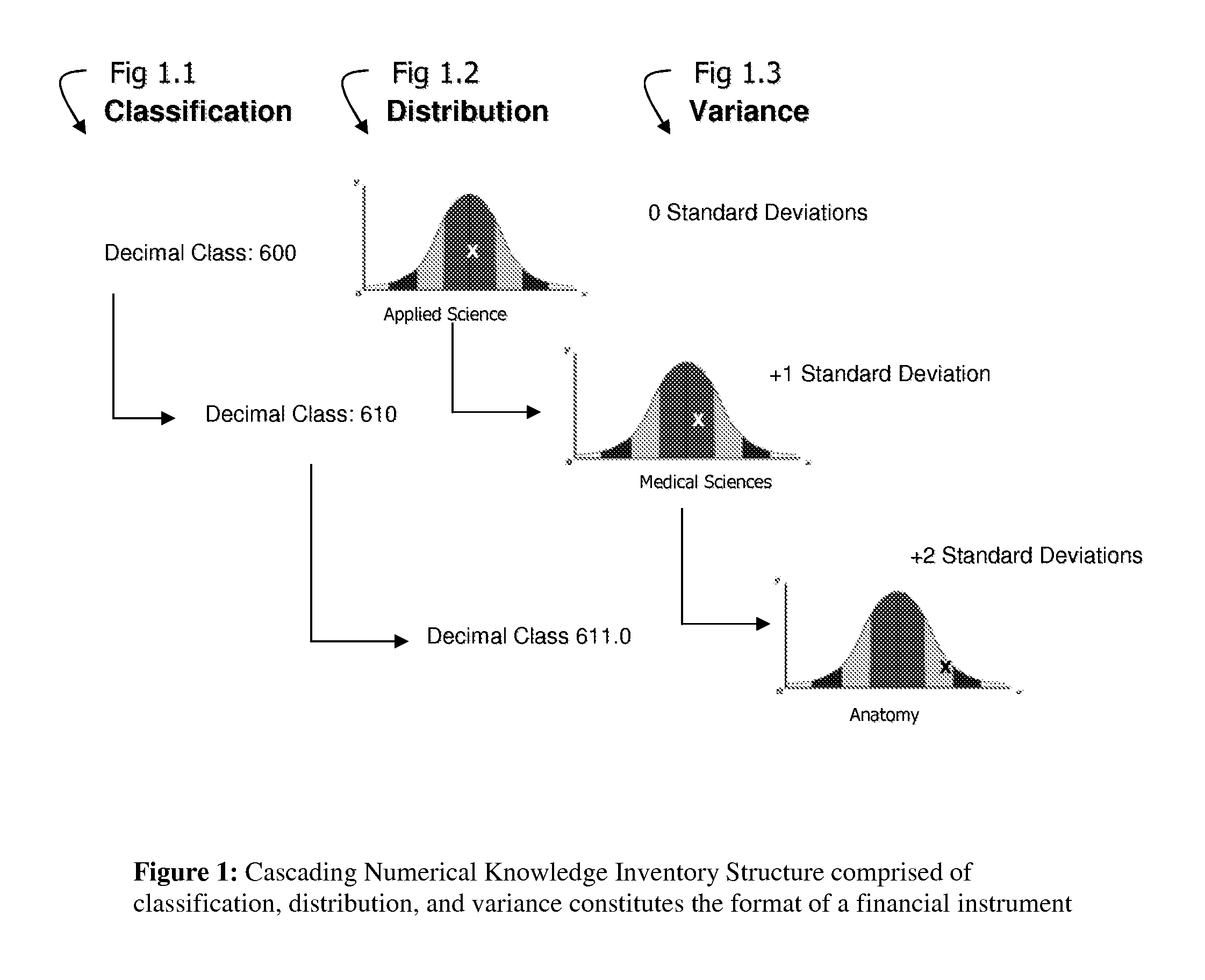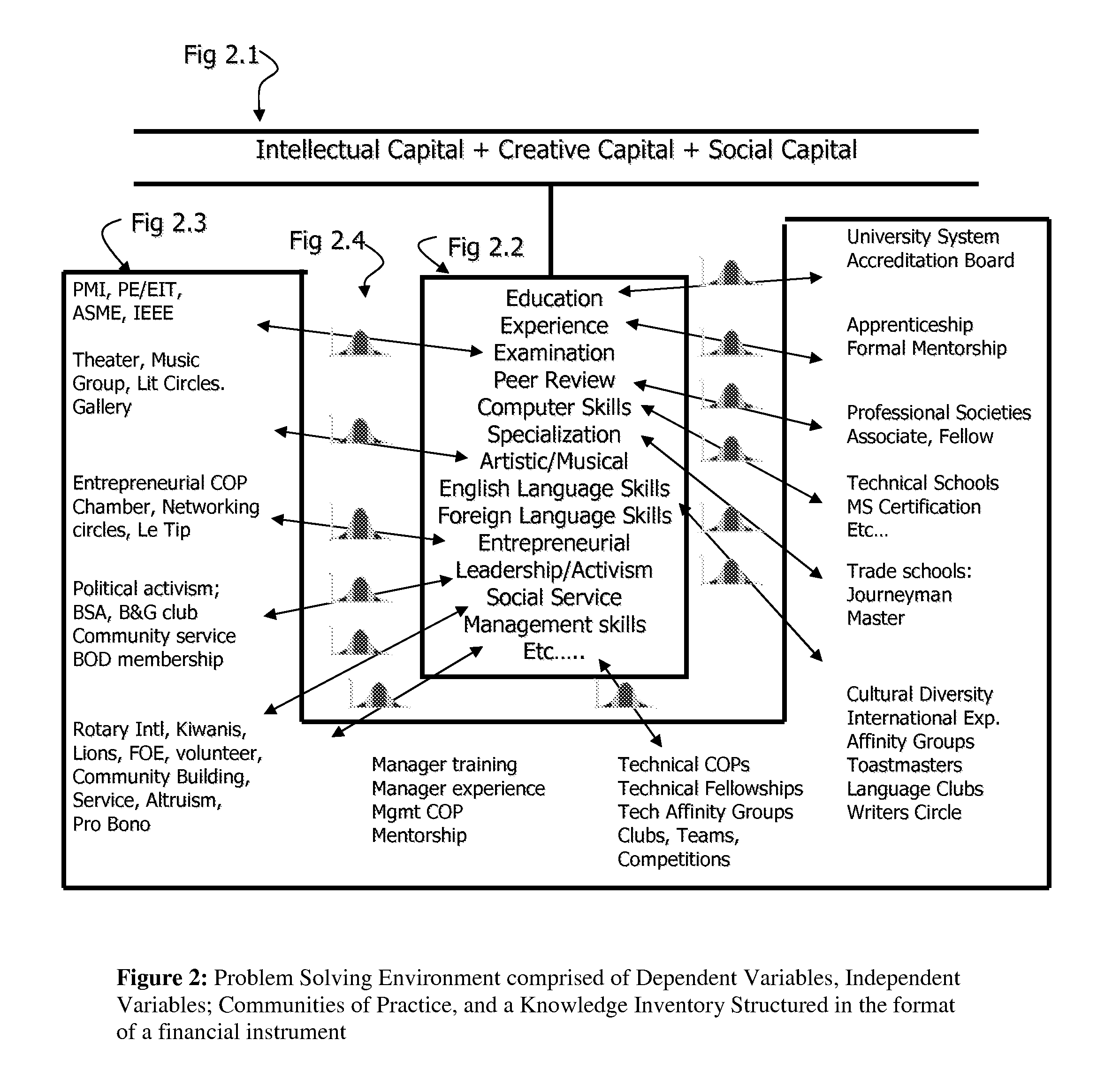Innovation Bank; a Novel Method of Business Related to the Integration and Capitalization of Knowledge Assets
a technology of knowledge assets and business, applied in the field of innovation banks, can solve the problems of fundamental nafta mrd risk model failing to meet one or more of three essential market/regulatory requirements, market failure of cross-border engineering services, and failure of mrd to sustain a market, so as to improve the effect of improving the value of existing methods and practices
- Summary
- Abstract
- Description
- Claims
- Application Information
AI Technical Summary
Benefits of technology
Problems solved by technology
Method used
Image
Examples
Embodiment Construction
[0052] New combinations of old knowledge create new knowledge. Many “inventions” have came about by combining two or more ideas or inventions in a novel, useful, and non-obvious manner. Continued development of an invention takes on a series of incremental improvement steps resolved from elemental innovation. Derived knowledge from the process of innovation is stored in knowledge inventories of persons and accounted, analyzed, and accessed in a problem solving space.
[0053] Essential to the description and interpretation of Innovation Banking Enterprise is the modeling of Innovation (N) as the derivative of knowledge (K) and the modeling of knowledge as the derivative of information (I); with respect to time, according to the following relationship:
I=dK / dt,
K=dN / dt
[0054] From the basis of this relationship among derivative quantities, the method and system of an Innovation Bank depends on the consistent mathematical interpretation of these components.
[0055] Further to this defini...
PUM
 Login to View More
Login to View More Abstract
Description
Claims
Application Information
 Login to View More
Login to View More - R&D
- Intellectual Property
- Life Sciences
- Materials
- Tech Scout
- Unparalleled Data Quality
- Higher Quality Content
- 60% Fewer Hallucinations
Browse by: Latest US Patents, China's latest patents, Technical Efficacy Thesaurus, Application Domain, Technology Topic, Popular Technical Reports.
© 2025 PatSnap. All rights reserved.Legal|Privacy policy|Modern Slavery Act Transparency Statement|Sitemap|About US| Contact US: help@patsnap.com



